DAY 10, MAY 15, Sunday:
Checked out. We had a short drive to our next base and no sights to be seen there. Lleida was close to Montserrat where we wanted to spend the whole of the next day.
So we drove around Jaca area enjoying the Pyrenees for the last day. We drove a little west to the Monastery of San Juan de la Pena. The facade was lovely but we were disappointed with the museum inside and the modern interior. The mirador/viewpoint was also nothing to write home about. .. after the top notch views we had enjoyed.
The ticket included entry to the old Basilica down the hill. That was beautiful. We drove to Hoz de Jaca and enjoyed the skywalk over the stunning lake. Then we drove to our next base Lleida and rested for the night
STAY: Ramon Berenguer IV, LLEIDA
OUR JACA HOTEL, GRAN HOTEL DE JACA
Checked out.. Drove to the monastery in Santa Cruz de la Serós, Jacetania. Bought the tickets.
After the fire of 1675, a new monastery was built. The old monastery (built in 920) was declared a National Monument on 13 July 1889, and the new monastery in 1923. In the 11th century the monastery became part of the Benedictine Order and was the first monastery in Spain to use the Latin Mass.
NEW MONASTERY
AFTER THE LOVELY FACADE, DISAPPOINTING INTERIOR
Exhibition of an excavation
INTERIOR OF THE MONASTERY
modern and quite inappropriate
Mirador de Santa Cruz de la Serós
QUITE MEDIOCRE.
The Monastery of San Juan de la Peña
We were so disappointed. We drove down to the old Monastery. This was really beautiful.
The monastery of San Juan de la Peña is a religious complex in the town of Santa Cruz de la Serós, at the south-west of Jaca, in the province of Huesca, Spain. It was one of the most important monasteries in Aragon in the Middle Ages. Its two-level church is partially carved in the stone of the great cliff that overhangs the foundation. San Juan de la Peña means "Saint John of the Cliff".
The lower church includes some mozarabic architectural surviving elements, although most of the parts of the monastery (including the impressive cloister, under the great rock) are Romanesque.
CLOISTER
The cloister, built ca. 1190, contains a series of capitals with Biblical scenes that originally were arranged in chronological sequence, a design found elsewhere in the region
The monastery is built beneath a huge rock sometimes associated with the legendary "Monte Pano".
Chalice of the Last Supper (Holy Grail)
Legend says the chalice of the Last Supper (Holy Grail) was sent to the monastery for protection and prevention from being captured by the Muslim invaders of the Iberian Peninsula. It is alleged to be the same cup that was presented in 1438 by Alfonso V of Aragon to the Valencia Cathedral. A
This is the literature we got when our tickets were checked.
MUSEUM
RESTING PLACES OF KINGS
The second floor contains a
royal pantheon of kings of Aragon and Navarre. The present room, with its marbles and stucco medallions recalling historic battles, is mainly a design built during the administration of Charles III of Spain in 1770. It contains the resting places of the following kings of Aragón:
Ramiro I, Sancho Ramírez, and Peter I of Aragon and NavarreMOTIFS IN THE ARCHES OF THE CLOISTER WALL
ENTRANCE DOOR
We drove on
Church of San Caprasio
San Caprasio is a church in Santa Cruz de la Serós, Jacetania, in First Romanesque style.
The church is dedicated to St. Caprasius, a 4th-century Gaulish-Roman saint connected to the pilgrims who, during the Middle Ages, hiked the Way of Santiago. The town of Santa Cruz de la Serós was located some 3 km (2 mi) from the route.
It was erected in the early 11th-century in Lombard-Romanesque style, perhaps with support of artists and craftsmen from northern Italy. In 1089 the diocese of Jaca gave the church to monastery of San Juan de la Peña, which, for some time, converted it into a priorate.
The church did not undergo substantial modifications since its construction in the 11th century, with the exception of the 12th-century bell tower, which is however separated from the interior.
The main body, in stone, has a single nave, with two cross vaults. The apse, of small size, is surmounted by a barrel vault and sided by fake arcades and three windows. Fake arcades and columns are also present on the external perimeter.
HOZ DE JACA
We drove on to Hoz de Jaca. Located on the Búbal reservoir at an altitude of 1,200 meters, this Pyrenean village has a beautiful natural balcony to the Tena Valley
BALCONY OVER BUBAL RESERVOIR
Mirador de Hoz de Jaca (Valle de Tena-Pirineos), 1.270 m altitude
enjoying the impressive views of the entire Tena Valley that we get from the viewpoint of the balcony hanging over the Búbal reservoir
.Under the Peña Blanca and the Peñas de Hoz this Pyrenean town serves as the starting point for numerous high mountain excursions.
Stunning views...
TENA VALLEY ZIPLINE
In summer there is the unique experience of flying over the swamp on the spectacular Tena Valley zip line , a 950-meter route. It was closed and the owner was sitting in a car nearby
We drove on a bit following the reservoir
Turned back and drove to our base in Lleida
Hotel Ramon Berenguer IV, LLEIDA
Very classy room fittings. Spacious and comfortable.
Disliked · Parking situation was terrible. The hotel said they had reserved a parking spot for me in their underground garage, but I’m reaching there, I was told that the garage was full and that I could park out on the roads. But the city was very congested and it was impossible to park on the roads. Ended up parking in a paid garage about 300 m away at €17 a night. And in the morning, it took a while to bring the car to a convenient place near the hotel, to help load up the bags; since the roads are all one way and it’s hard to navigate in the congested neighborhood.
Report continues





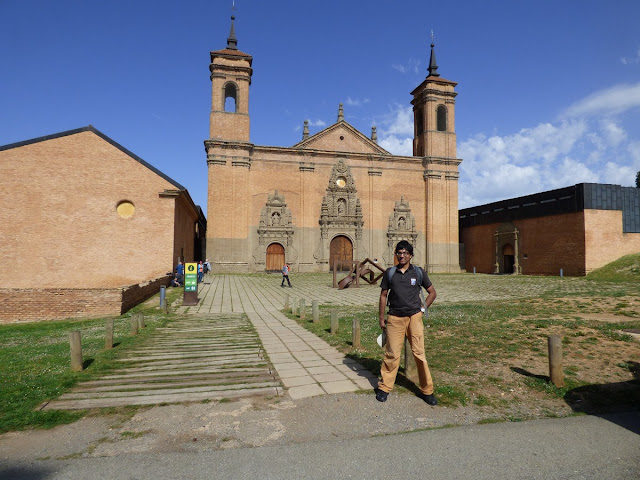


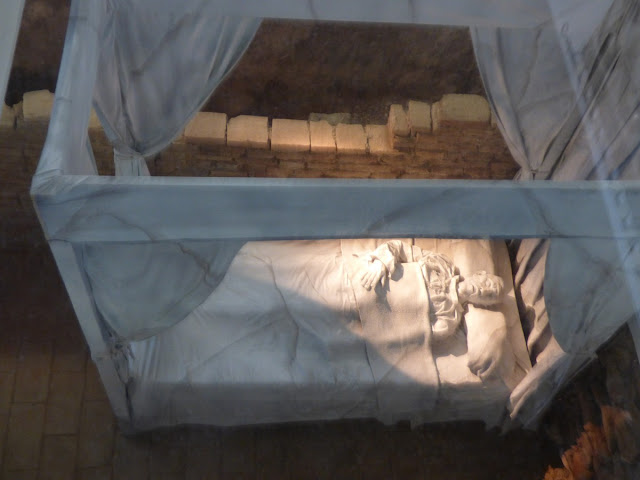





















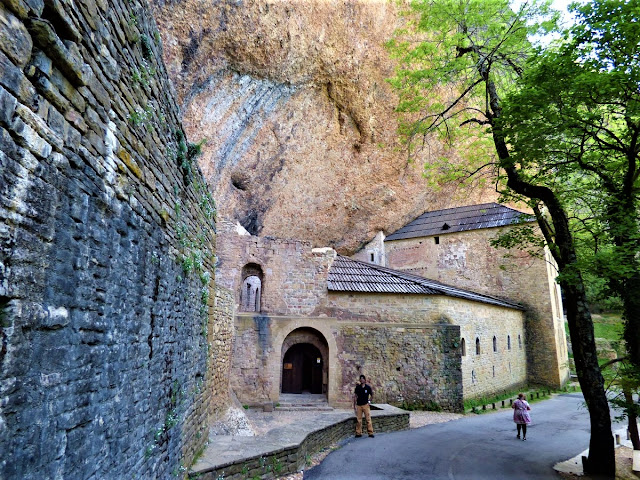



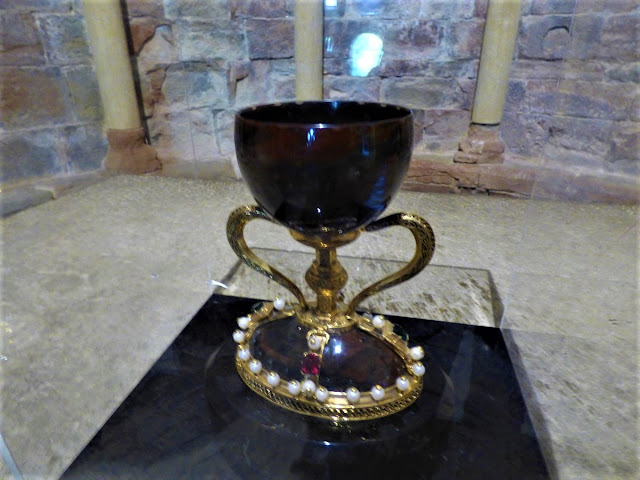







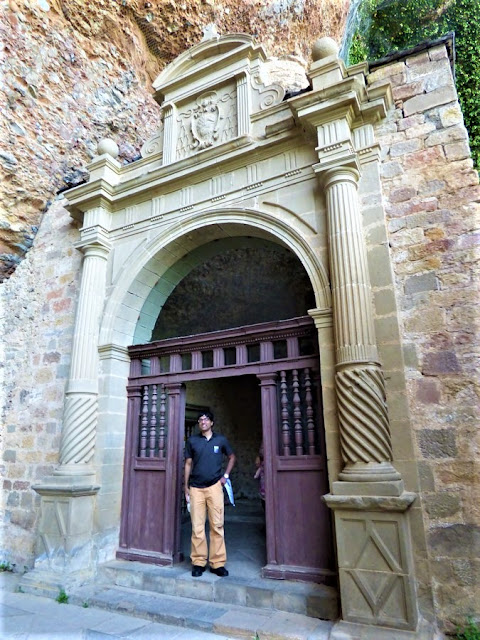













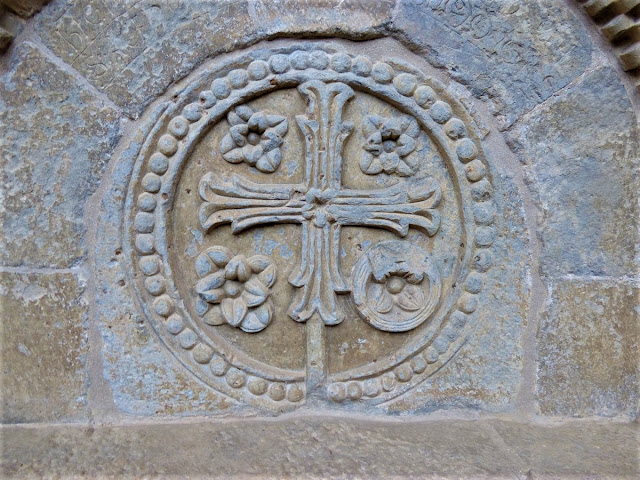


















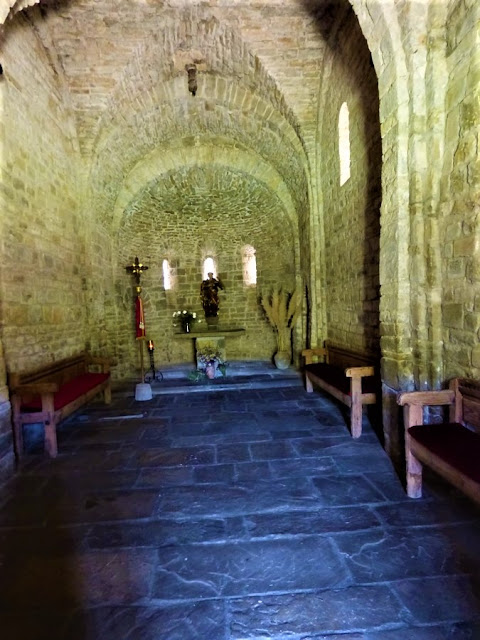
























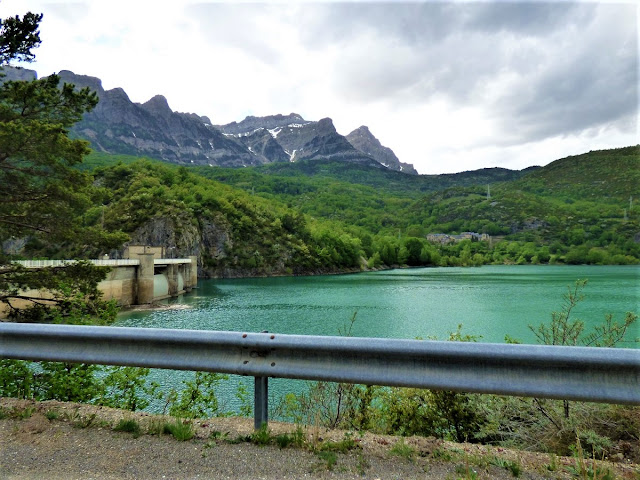






No comments:
Post a Comment